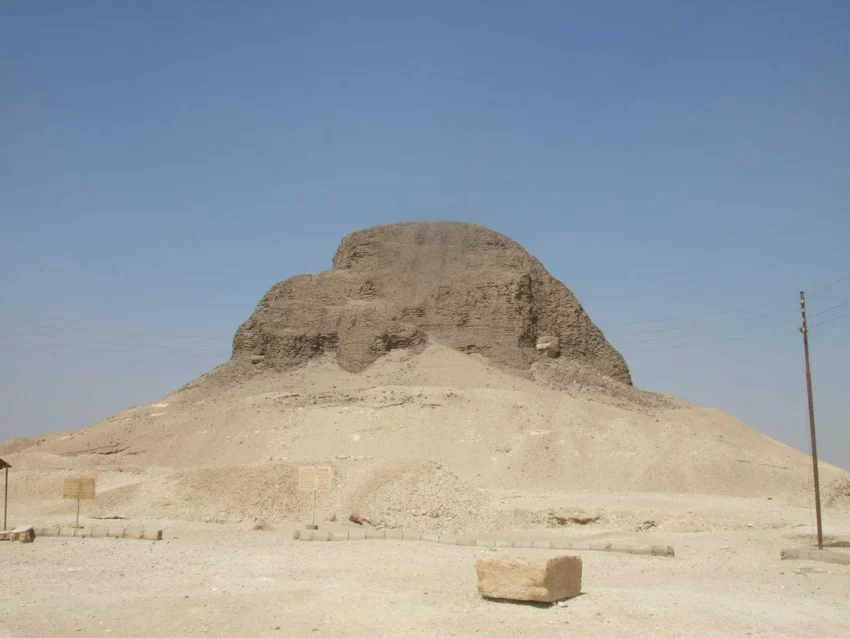The Pyramid of Senusret II, also known as the El Lahun Pyramid, is a significant archaeological site located in the Faiyum region of Egypt. Constructed during the 12th Dynasty for Pharaoh Senusret II, this pyramid is unique due to its distinctive architectural design and the valuable artifacts discovered within. It serves as a rich source of information about the Middle Kingdom period of ancient Egypt and the reign of Pharaoh Senusret II.
Get your dose of History via Email

What are some of the key architectural features and discoveries made at the Pyramid of Senusret II, also known as the El Lahun Pyramid?
The El Lahun Pyramid is unique due to its construction method. Unlike most pyramids that were built with a solid core, Senusret II’s pyramid was constructed with a framework of walls filled with debris. This design, though less stable, was faster and cheaper to build. The pyramid’s entrance is unusually located on the south side, rather than the north as was customary. This leads to a labyrinth of corridors and chambers, designed to deter tomb robbers.
Several significant discoveries have been made at the site. In 1889, an archaeologist named Flinders Petrie discovered the burial chamber of the king’s daughter, containing a wealth of jewelry. Other notable finds include papyri documents, providing valuable insights into the administrative and economic activities of the time.
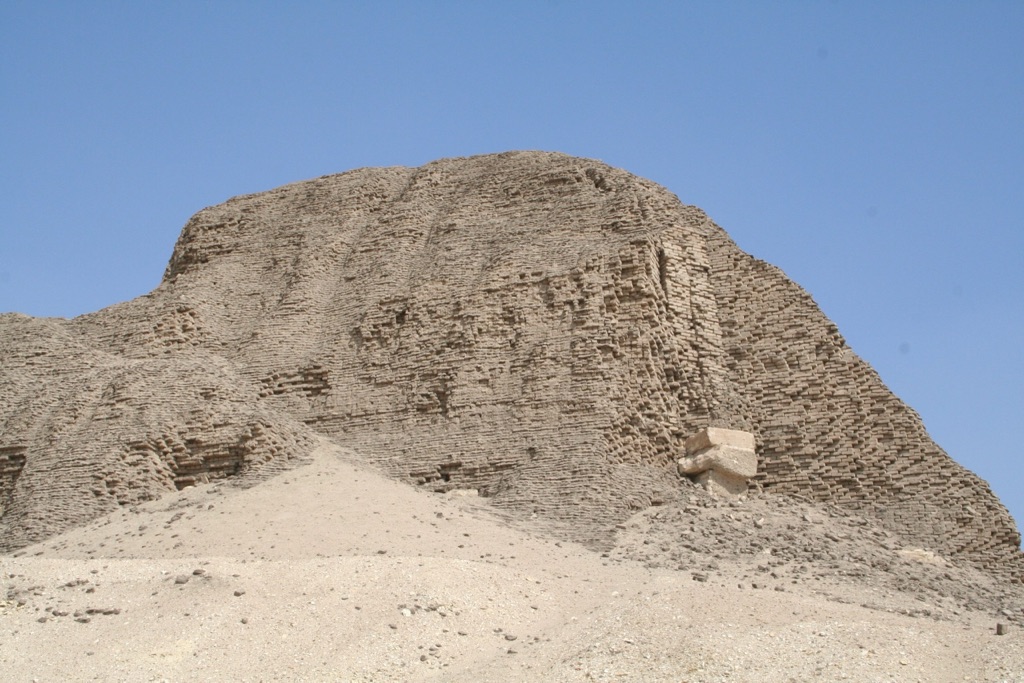
What is the historical significance of the Pyramid of Senusret II, also known as the El Lahun Pyramid, and what does it tell us about the Middle Kingdom period of ancient Egypt?
The Pyramid of Senusret II holds immense historical significance as it represents a transitional period in Egyptian history. The architectural design of the pyramid, with its labyrinthine corridors and chambers, reflects the increasing concerns about tomb robbery, which was becoming prevalent during the Middle Kingdom.
The artifacts and papyri documents discovered within the pyramid provide a wealth of information about the socio-economic conditions of the Middle Kingdom period. They reveal details about the agricultural practices, taxation system, and administrative structure of the time, shedding light on the daily life and organization of ancient Egyptian society.
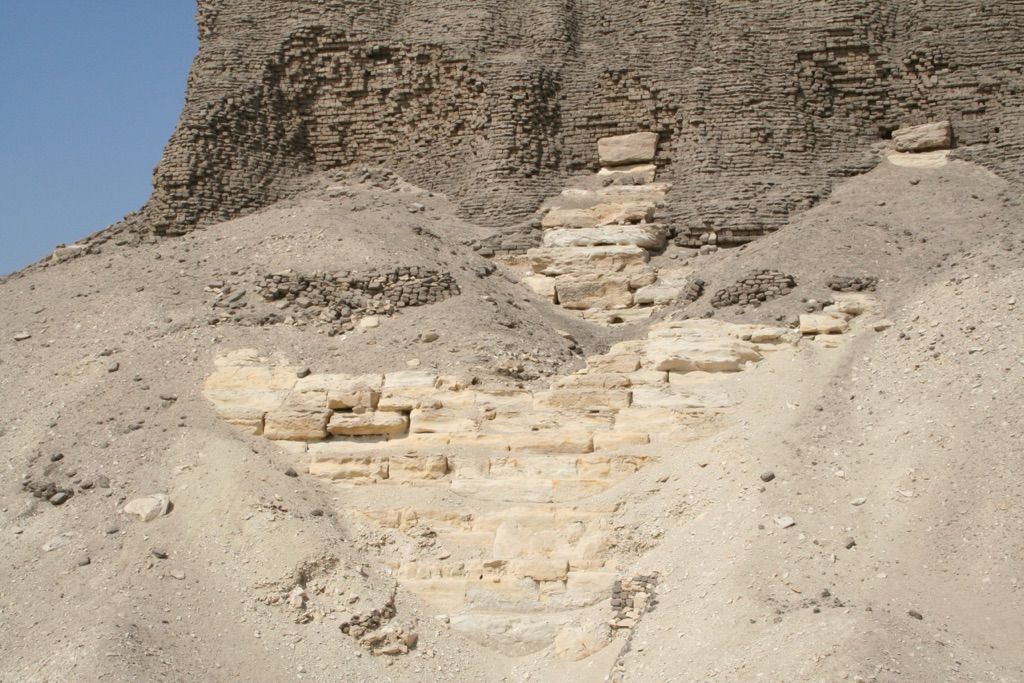
What are some of the key architectural features and discoveries made at the Pyramid of Senusret II, also known as the El Lahun Pyramid?
As mentioned earlier, the El Lahun Pyramid is distinct in its architectural design. The pyramid’s core was built using a grid system of mudbrick walls filled with sand, creating a maze-like interior. This unique design was likely a response to the increasing threat of tomb robbery during the Middle Kingdom period.
Among the notable discoveries at the site is a collection of papyri, known as the Lahun Papyri. These documents provide a wealth of information about the administrative and economic activities of the time, offering a unique glimpse into the life and organization of ancient Egyptian society.
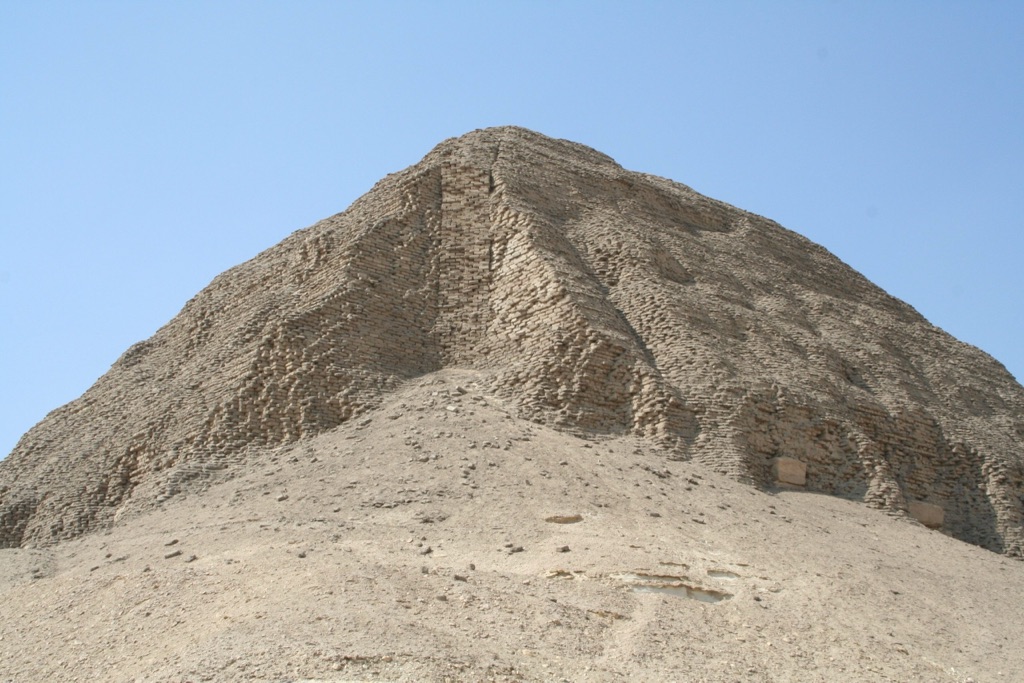
What is the historical significance of the Pyramid of Senusret II, also known as the El Lahun Pyramid, and what does it tell us about the reign of Pharaoh Senusret II?
The Pyramid of Senusret II serves as a testament to the reign of Pharaoh Senusret II, who is considered one of the most powerful pharaohs of the 12th Dynasty. The construction of the pyramid, with its unique design and extensive use of resources, demonstrates the pharaoh’s wealth and power.
The pyramid also provides valuable insights into the socio-political conditions during Senusret II’s reign. The discovery of the Lahun Papyri, for instance, reveals the pharaoh’s administrative practices and economic policies, highlighting his effective rule and the prosperity of his reign.
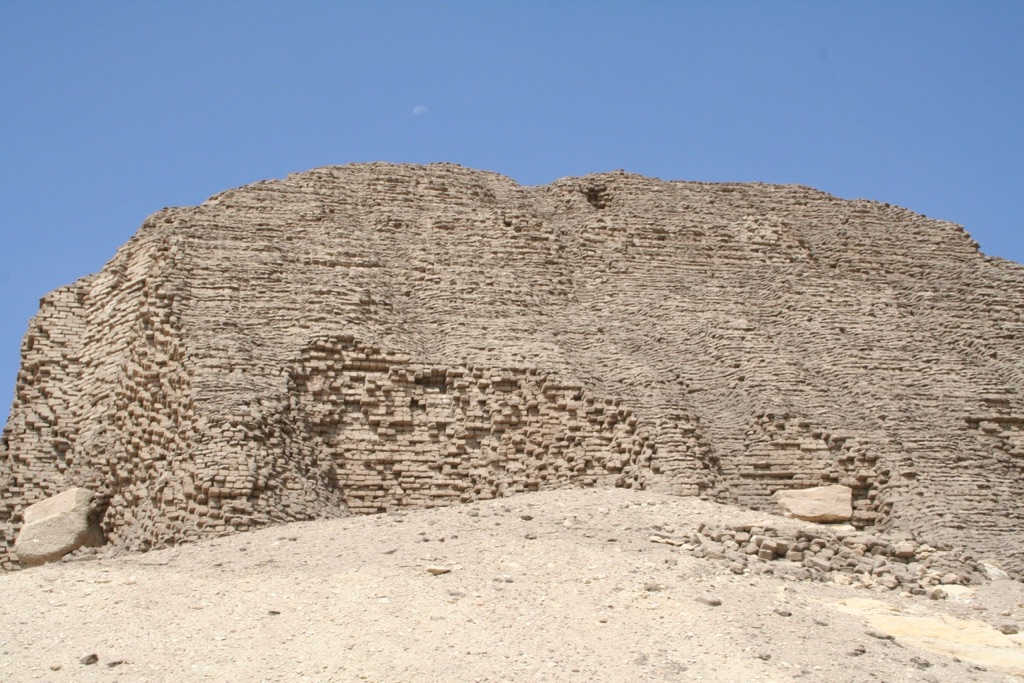
Conclusion and Sources
In conclusion, the Pyramid of Senusret II, or the El Lahun Pyramid, is a significant archaeological site that offers valuable insights into the Middle Kingdom period of ancient Egypt and the reign of Pharaoh Senusret II. Its unique architectural design and the wealth of artifacts discovered within it provide a rich source of information about the socio-economic conditions and administrative practices of the time.
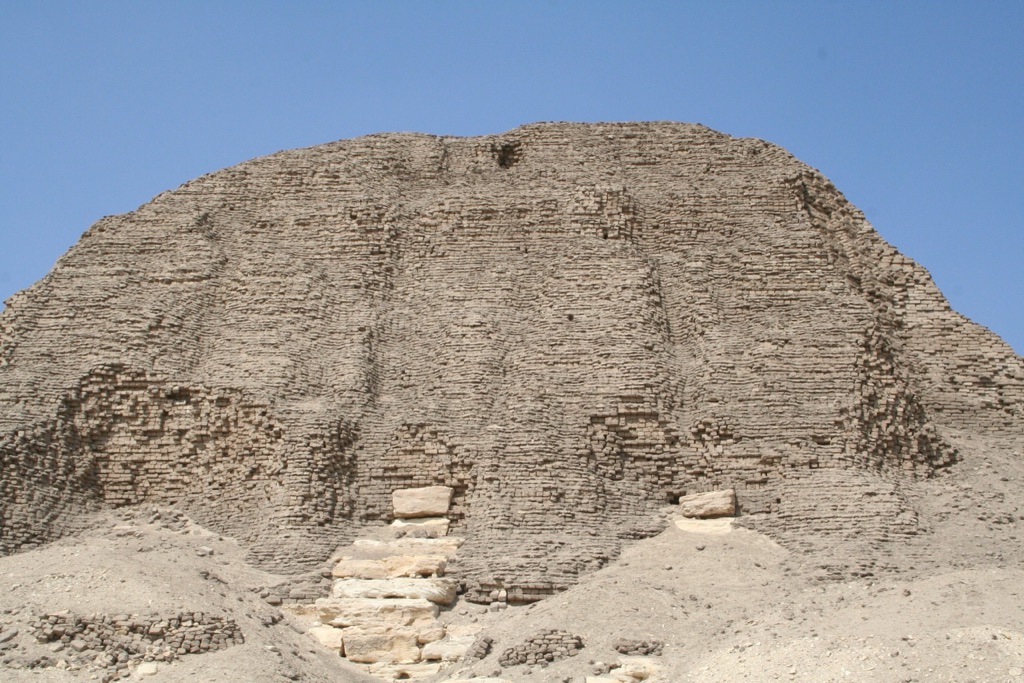
For further reading and verification of the information provided, please refer to the following sources:

